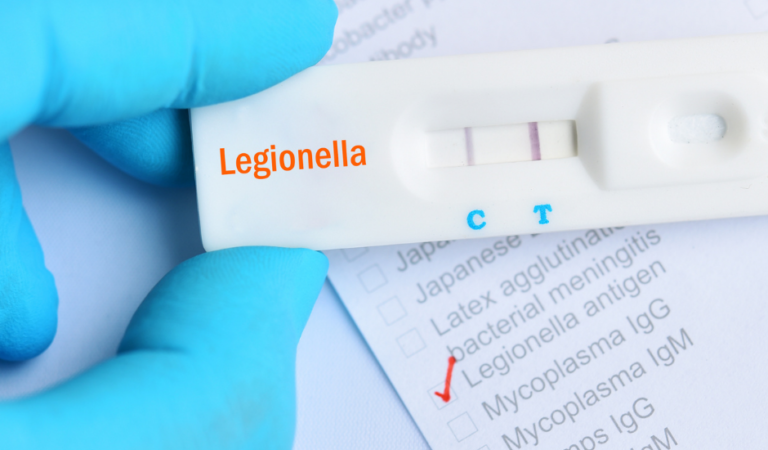 4th March 2022
4th March 2022What Is A Legionella Risk Assessment?
A Legionella Risk Assessment (LRA) is legally required under the Health and Safety at Work Act 1974 to be conducted. It is a duty of care to the people in the buildings.
They don’t have to be conducted by professionals. Rather, a person with authority to undertake physical checks can perform an LRA. Water hygiene specialists can give practical advice on how to minimise risk.
But what is Legionella? And how are LRAs conducted?
What Is Legionella?
Legionella is a bacterium, found in water, that is hazardous. It grows in water between 20-45 degrees Celsius. Inhalation or ingestion of Legionella-contaminated water can lead to the infectious Legionnaires’ disease.
What Is Legionnaires’ Disease?
Caused by Legionella bacteria, Legionnaires’ disease is a type of pneumonia. It is an infection that causes tissue inflammation in the lungs, resulting in poor respiration and other symptoms.
It is hazardous, particularly to at-risk groups of people. At-risk people may be those with chronic illness, diabetes, or a weakened immune system. Legionnaires’ disease can be life-threatening, causing respiratory failure.
However, it is treatable with a course of antibiotics and rest.
When Should You Conduct A Legionella Risk Assessment?
An LRA is recommended at least every two years by industry ‘standard’. Now, it is advised the assessment should be reviewed regularly so it’s always up to date.
This is especially relevant to building occupants who are considered high-risk.
If there are any changes, an LRA should be carried out:
- A change in building
- A change in the location of the water system
- A change in the water system
- A change of building personnel
- A legislation update
- When there’s reported cases of Legionnaires’ disease
What Does A Legionella Risk Assessment Involve?
Carrying out a risk assessment ensures you meet legal compliance. It also helps to minimise the presence of Legionella bacterium, therefore reducing risk.
It includes reviewing current records and checking over previous assessments, making sure recommendations have been acted upon. There should be a physical inspection, focusing on the area around the water system. Also, there should be a consultation with everyone involved in controlling bacterium.
Legionella risk assessments generally cover all water systems. They involve:
Identifying potential hazards
Identifying persons at risk
Recording water outlet temperature
Describing cold water and hot water systems
Assessing cold and hot water systems
Based on these findings, a report will be created which includes recommendations for actions to take. From there, control measures can be introduced to lessen the Legionella risk.
Get In Touch
Cold Water Storage has a collective 30 years of experience and knowledge in the water hygiene and Legionella industry.
This experience allows us to be meticulous in our Legionella risk assessments and provide water treatment services to warrant that you’re compliant with water hygiene regulations.
We also install, repair, reline and replace cold water tanks.
Get in touch with our team today. Call us at 01943 872 311 or email info@coldwaterstorage.co.uk. We’ll respond as soon as possible!